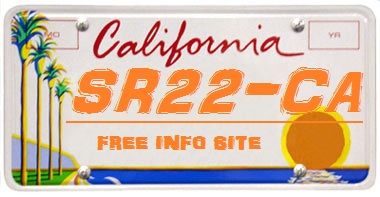The winter solstice will arrive Wednesday night, marking an astronomical turning point observed since ancient times that also presents a chance to consider the long-term winter weather forecast. The solstice will occur Dec. 21 at 9:30 p.m local time, signaling the moment when the North Pole is farthest away from the sun. For those of us in the Northern Hemisphere, it marks the shortest day and the longest night of the year. For many ancient and indigenous cultures throughout history, the winter solstice was a critical time for survival. “It was really regarded as a time of potentially great crisis,” said Ed Krupp, an astronomer and director of the Griffith Observatory, who specializes in ancient traditional astronomy. It used to be necessary for people “to engage in ritual activity in order to help the cosmos go the way that benefits people,” Krupp said. Many of these rituals involved lighting candles or fires to symbolize the return of the sun and ensure the survival of a people. The winter solstice, on the bright side, marks the point at which the North Pole begins its steady but inevitable return towards the sun. The days will get longer after the winter solstice and the sun will appear to climb higher in the sky. The weather, unfortunately, takes considerably more time to catch up with the warmth of the sun. This season’s long-term winter weather forecast, according to the National Weather Service, calls for below normal temperatures and below normal precipitation. “So far, we had a cool summer and a cool fall,” said Stuart Seto, a weather specialist with the National Weather Service. “If La Niña plays out, we’ll have a colder winter, too.” La Niña is a weather phenomenon involving cooler sea surface temperatures in the central and eastern tropical Pacific Ocean that interact with eastward trade winds to affect global weather patterns. For Southern California, La Niña makes the winters colder and drier. Last winter’s onslaught of rain and snow storms in Southern California made it an atypical La Niña winter. The Old Farmer’s Almanac agrees with this winter’s weather predictions for a cooler and drier climate in Southern California. Although the weather may be unpredictable, winter solstices have served to remind humans of the natural cycle of things; that every winter eventually turns into spring and that darkness eventually succumbs to light. Be sure to follow Beverly Hills Patch on Twitter and “Like” us on Facebook . Read the rest here: Winter Solstice Is Wednesday




